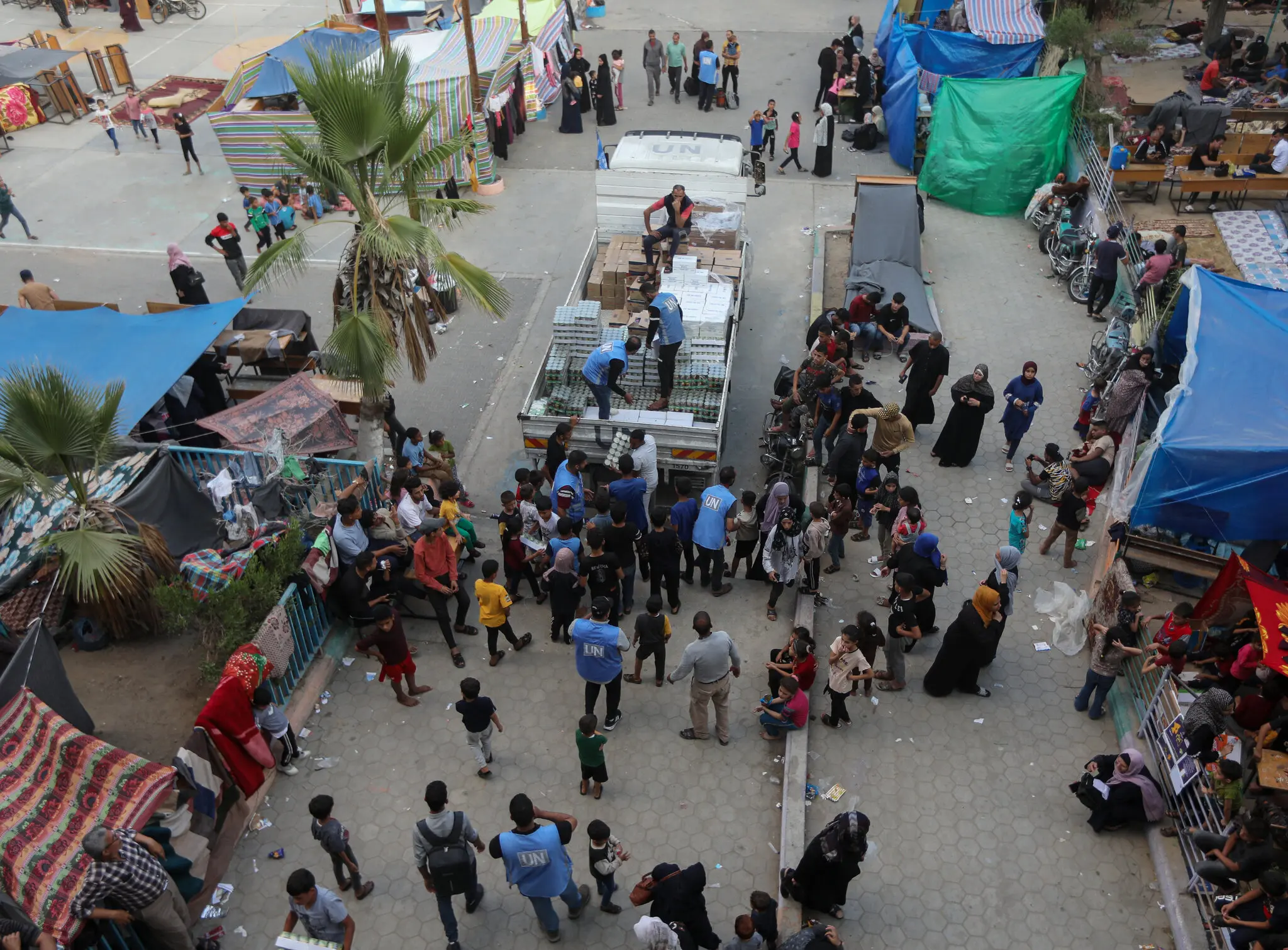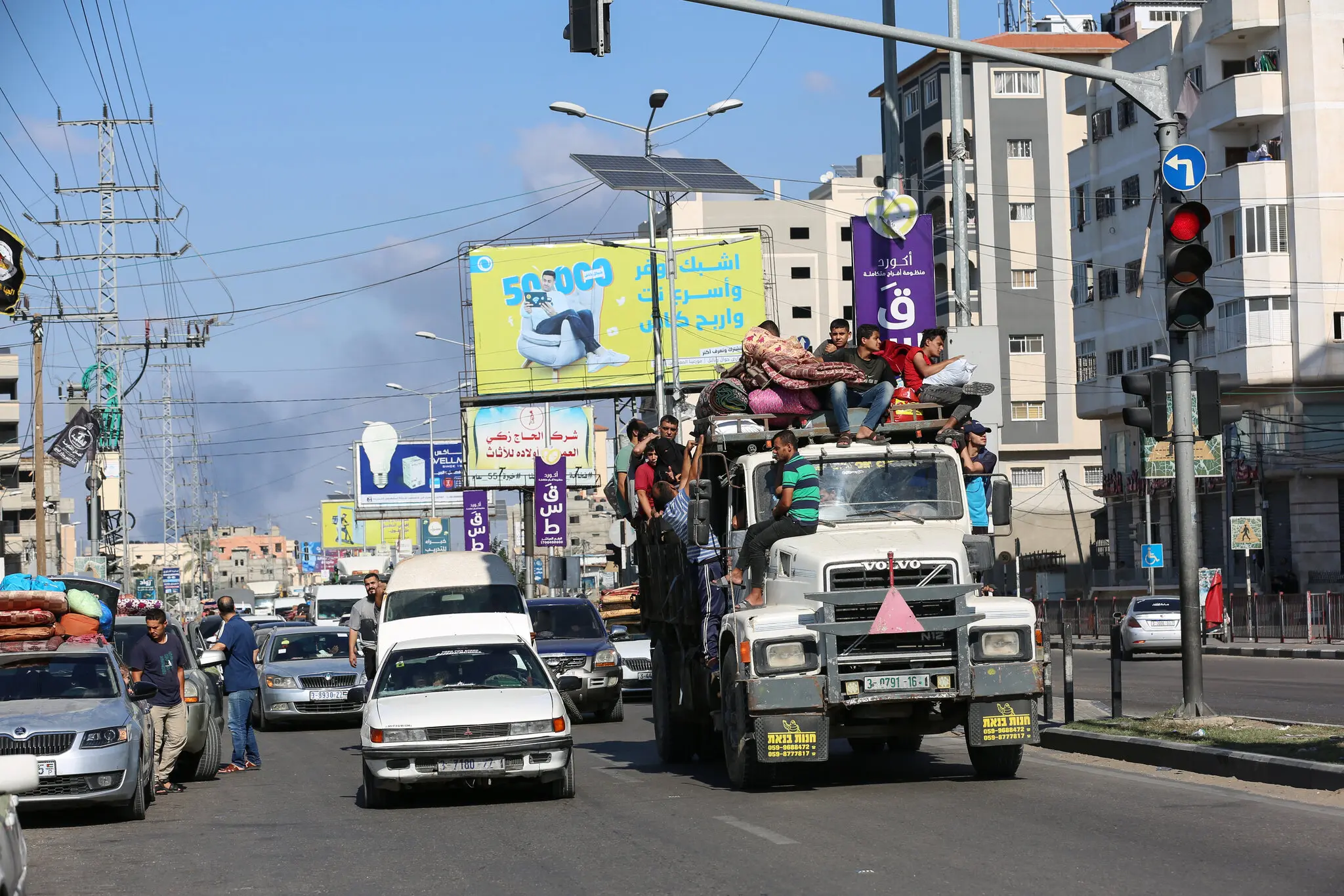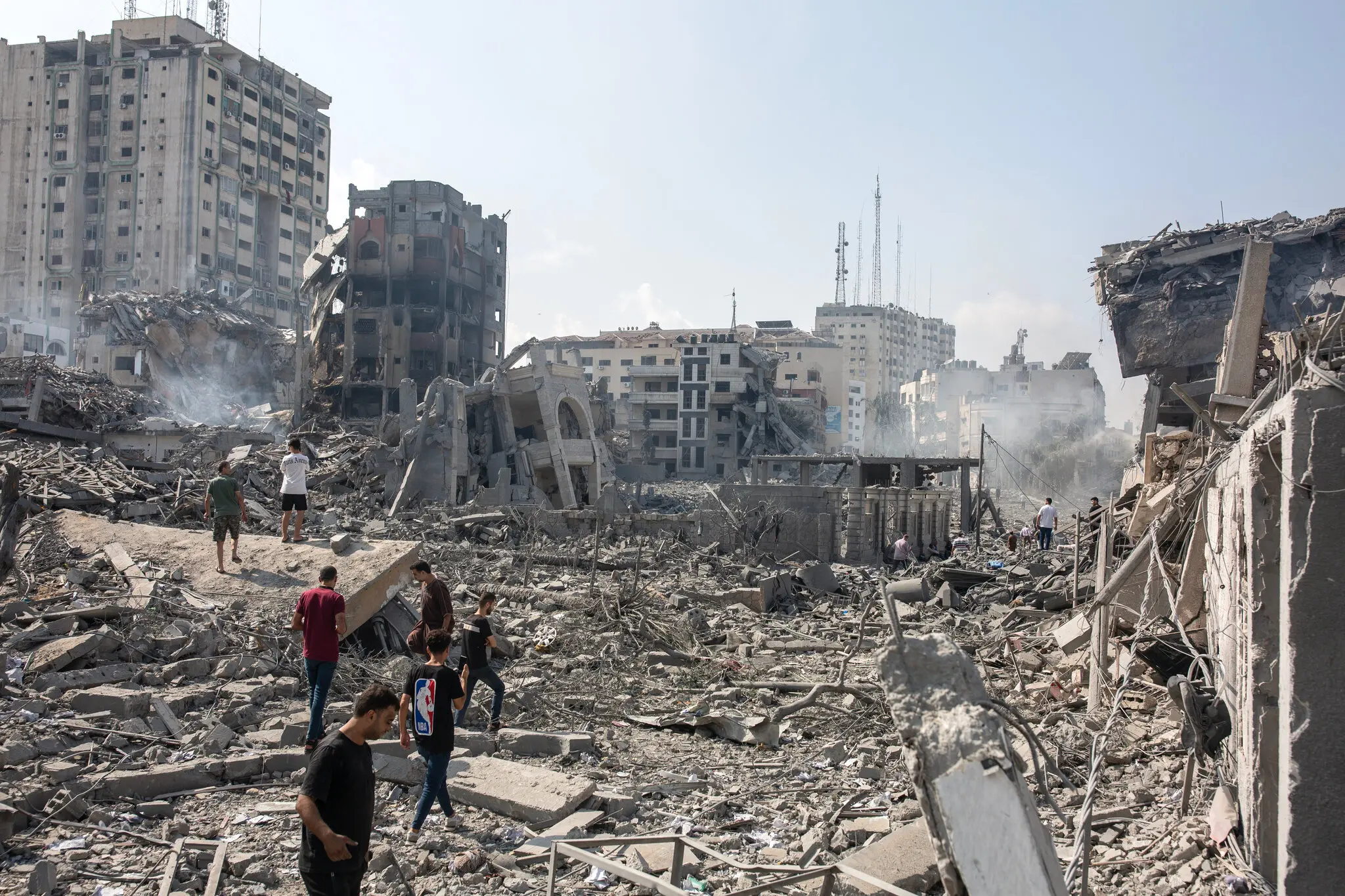
Israel monitors evacuation of more than 1 million Gazans via phones
This is how the military assesses how many people have left the area of potential bombing.
Journalists from The New York Times visited the control room at an Israeli military base, where specialists track the movements of hundreds of thousands of Gazans.
A huge computer screen displays a map of northern Gaza, a densely populated area of about 1.1 million residents who were called to evacuate for safety on Friday. Using data collected primarily from mobile phones, the map provides the military with a real-time estimate of how many people have heeded the demands.

The Israeli army has been telegraphing for several days that it will soon launch a ground operation in northern Gaza to dislodge Hamas, the armed Palestinian group that controls the Strip and carried out terrorist attacks on October 7, killing more than 1,400 people and kidnapping at least 199. According to Gaza’s health authorities, more than 2,800 Palestinians have been killed in Israeli counterattacks.
Some areas on the map are marked in white and red, indicating that they still have a significant number of residents. Areas in green and yellow indicate that most people have left.
“It’s not a 100% perfect system, but it gives you the information you need to make a decision. The colors tell you what you can and cannot do,” said General Udi Ben-Mukha, who oversees the monitoring process.
Since Israeli political leaders have not yet given final permission for a ground operation, the military was in “holding mode” on Monday. During the night, the troops remained grouped on the Gaza border, but did not cross it.

The army was making last-minute preparations and providing equipment for hundreds of thousands of military reservists, and political leaders were holding fruitless negotiations to open Gaza’s border with Egypt to allow evacuees and aid convoys to pass through.

Meanwhile, more and more Palestinian civilians are fleeing northern Gaza, heading for the dire conditions in the south, where there is a lack of housing, fuel, water, medicine and food – and where Israeli attacks continue.
Udi Ben-Mukha’s desk is lined with files and spreadsheets containing the phone numbers of hundreds of Gaza community leaders, hospital directors, and school administrators, all of whom can be reached instantly by a soldier in the control room. On a whiteboard nearby, the assistants detailed the timing of the regular leaflet distribution throughout northern Gaza.
Meanwhile, the red and white spots on the online map are disappearing – up to 700,000 Gazans moved south on Monday afternoon, while about 400,000 remain in the north.
Palestinians say that such measures mean little against the backdrop of the high number of casualties and hardships caused by bombings and displacement. Many people lack transportation to move south or are too weak to make the journey.
The monitoring method has already been used during Israeli air strikes on Rimal, an upscale neighborhood in Gaza that was left in ruins after being bombed last Tuesday in response to Hamas attacks. Israeli officials said that terrorists had built military infrastructure there.

On the eve of the attack, soldiers from the control room called some residents of the area to encourage them to leave, the general said. When the territory turned green, the information that less than a quarter of the population remained in the area was passed on to the Air Force.

